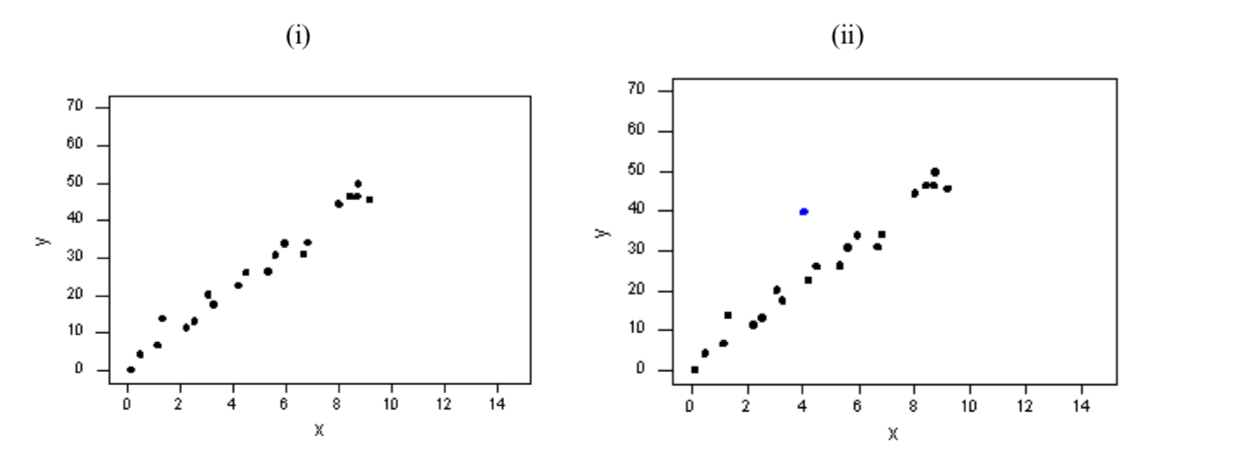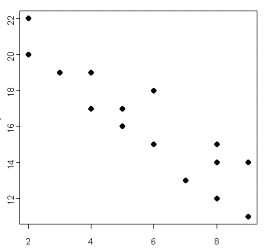

However, our approach to partitioning the cellular distance matrix into clusters has dramatically improved. Importantly, the distance metric which drives the clustering analysis (based on previously identified PCs) remains the same. Seurat v3 applies a graph-based clustering approach, building upon initial strategies in ( Macosko et al). For example, performing downstream analyses with only 5 PCs does significantly and adversely affect results.
#Which scatter plot shows a negative linear association Pc
In this example, all three approaches yielded similar results, but we might have been justified in choosing anything between PC 7-12 as a cutoff. The third is a heuristic that is commonly used, and can be calculated instantly.

The second implements a statistical test based on a random null model, but is time-consuming for large datasets, and may not return a clear PC cutoff. The first is more supervised, exploring PCs to determine relevant sources of heterogeneity, and could be used in conjunction with GSEA for example. We therefore suggest these three approaches to consider.

You are concerned with D.V.'s psychological status, particularly the negative feelings heĮxpresses regarding himself and the psychosocial concerns he has voiced.Identifying the true dimensionality of a dataset – can be challenging/uncertain for the user. He's afraid if he tells her about his MS diagnosis, she'll leave him. He tells you that he knows his girlfriend hasn't been faithful, but he's afraid He confides in you that he has been depressed since his parents’ divorce and Now he reports rapid progression of weakness in his legs.ĭ.V. He has noticed ascending numbness and weakness of the right arm with the inability to hold objects over the past few days. has also recently had two brief episodes of eye "fuzziness" associated with diplopia and flashes of brightness. also underwent treatment, but the symptoms did not resolve. Because his female partner was treated for a sexually transmitted infection, D.V. has experienced increasing urinary frequency and urgency over the past 2 2 2 months.

has been referred by his internist, who suspects him of having symptoms of multiple sclerosis (MS). You have been asked to see D.V., a 25 25 25-year-old man, in the neurology clinic.


 0 kommentar(er)
0 kommentar(er)
